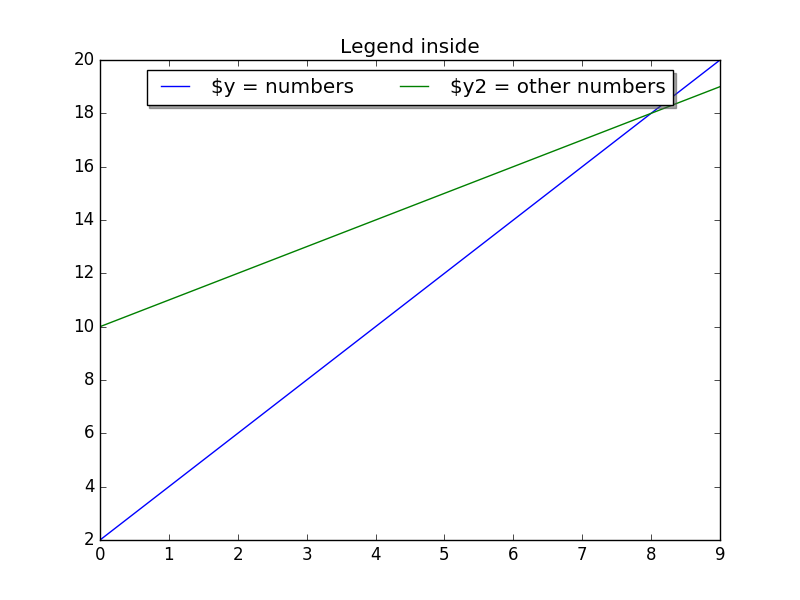

The default value is 'data': String Value The coordinate system of xy and xytext can be specified string values assigned to xycoords and textcoords. There are other coordinate systems available we can choose.

The xy and the xytext locations of our example are in data coordinates. We have to provide some informations to the parameters of annotate, we have used in our previous example. plot ( X, F_derivative, label = "derivation of p" ) ax. annotate ( "inflection point", xy = ( 0, p ( 0 )), xytext = ( - 3, - 30 ), arrowprops = dict ( facecolor = 'orange', shrink = 0.05 )) ax. annotate ( "local minimum", xy = ( 2, p ( 2 )), xytext = ( - 2, p ( 2 ) - 40 ), arrowprops = dict ( facecolor = 'orange', shrink = 0.05 )) ax. annotate ( "local maximum", xy = ( - 2, p ( - 2 )), xytext = ( - 1, p ( - 2 ) + 35 ), arrowprops = dict ( facecolor = 'orange' )) ax. arange ( - 5, 5, 0.1 ) F = p ( X ) F_derivative = p_der ( X ) ax. In its simplest form annotate method needs two arguments annotate(s, xy), where s is the text string for the annotation and xx is the position of the point to be annotated:įrom polynomials import Polynomial import numpy as np import matplotlib.pyplot as plt p = Polynomial ( 1, 0, - 12, 0 ) p_der = p. We will annotate the local maximum and the local minimum of a function. We demonstrate how easy it is in matplotlib to to annotate plots in matplotlib with the annotate method. Both of these arguments are (x,y) tuples. In an annotation, there are two points to consider: the location being annotated represented by the argument xy and the location of the text xytext. We can easily annotate points inside the axis or on the graph with the annotate method of an axes object. We have already used axis labels and titles for this purpose, but these are 'annotations' for the whole plot. To this purpose we use texts, labels and arrows. This means we draw the readers attentions to important points and areas of the plot. The visualizations of function plots often makes annotations necessary.

We will use the Polynomial class which we have defined in our chapter Polynomials.Įnjoying this page? We offer live Python training courses covering the content of this site.

For a change we want to use now polynomials. We have mainly used trigonometric functions in our previous chapter. The pyplot function legend(*args, **kwargs)Īll we have to do to create a legend for lines, which already exist on the axes, is to simply call the function "legend" with an iterable of strings, one for each legend item. Every entry consists of a key and a label. We will demonstrate in the following simple example how we can place a legend on a graph. Legends are used in line graphs to explain the function or the values underlying the different lines of the graph. Legends - as they are found in maps - describe the pictorial language or symbology of the map. It gives us valuable information about the visualized data.īefore legends have been used in mathematical graphs, they have been used in maps. So we can say legends are the things in a graph or plot which have to be read to understand the plot. The word legend stems from Latin and it means in Latin "to be read". They have to read it and this is where the original meaning comes from. Legends are the classical stories from ancient Greece or other places which are usually devoured by adolescents. This chapter of our tutorial is about legends.


 0 kommentar(er)
0 kommentar(er)
